Bio digesters are an environmentally-friendly way to dispose of organic waste, and they’re becoming increasingly popular in homes and businesses around the world. If you’re considering installing a bio digester in your home or business, you’re taking an important step towards reducing your environmental impact and contributing to a sustainable future. In this article, we’ll walk you through the process of installing a bio digester, from choosing the right system for your needs to setting it up and maintaining it for optimal performance.
How does a bio digester work?
A bio digester is a system that uses natural processes to break down organic waste into biogas and fertilizer. The process begins when organic waste is added to the digester, where it’s broken down by microorganisms in an anaerobic environment. This produces biogas, which can be used as a source of energy, and fertilizer, which can be used to enrich soil.
Choosing the right bio digester for your needs
Before you install a bio digester, you need to choose the right system for your needs. There are many different types of bio digesters available, each with its own advantages and disadvantages. Some of the factors you should consider when choosing a bio digester include:
- The amount of waste you generate
- The size of your property
- The availability of sunlight
- The climate in your area
Setting up your bio digester
Once you’ve chosen the right bio digester for your needs, it’s time to set it up. Here’s a step-by-step guide to installing your bio digester:
Choose a suitable location: Your bio digester should be located in a place that’s easily accessible and away from sources of heat and flames.
Prepare the site: Clear the area where you plan to install the bio digester and level the ground.
Install the bio digester tank: Dig a hole and place the bio digester tank in the ground. Make sure the tank is level and stable.
Connect the pipes: Connect the inlet pipe to the tank and run the outlet pipe to the location where you plan to use the biogas.
Add the starter culture: Add the starter culture to the bio digester tank to help jump-start the fermentation process.
Add organic waste: Add organic waste to the bio digester tank on a regular basis, following the manufacturer’s recommendations.
Maintaining your bio digester
To ensure your bio digester continues to function properly, it’s important to maintain it on a regular basis. Here are some tips for maintaining your bio digester:
- Monitor the temperature and pH level of the bio digester tank regularly
- Add water to the tank as needed to maintain the proper level of moisture
- Remove any solids that accumulate in the tank
- Check the gas pressure regularly to ensure the system is functioning properly
Frequently Asked Questions (FAQs)
Q: How much waste can a bio digester process?
A: The amount of waste a bio digester can process depends on the size of the system. Smaller systems are designed for households and can process up to 5 kg of waste per day, while larger systems can process hundreds of kilograms of waste per day.
Q: Is it difficult to maintain a bio digester?
A: Maintaining a bio digester requires some effort, but it’s not difficult. Regular monitoring and maintenance can help ensure optimal
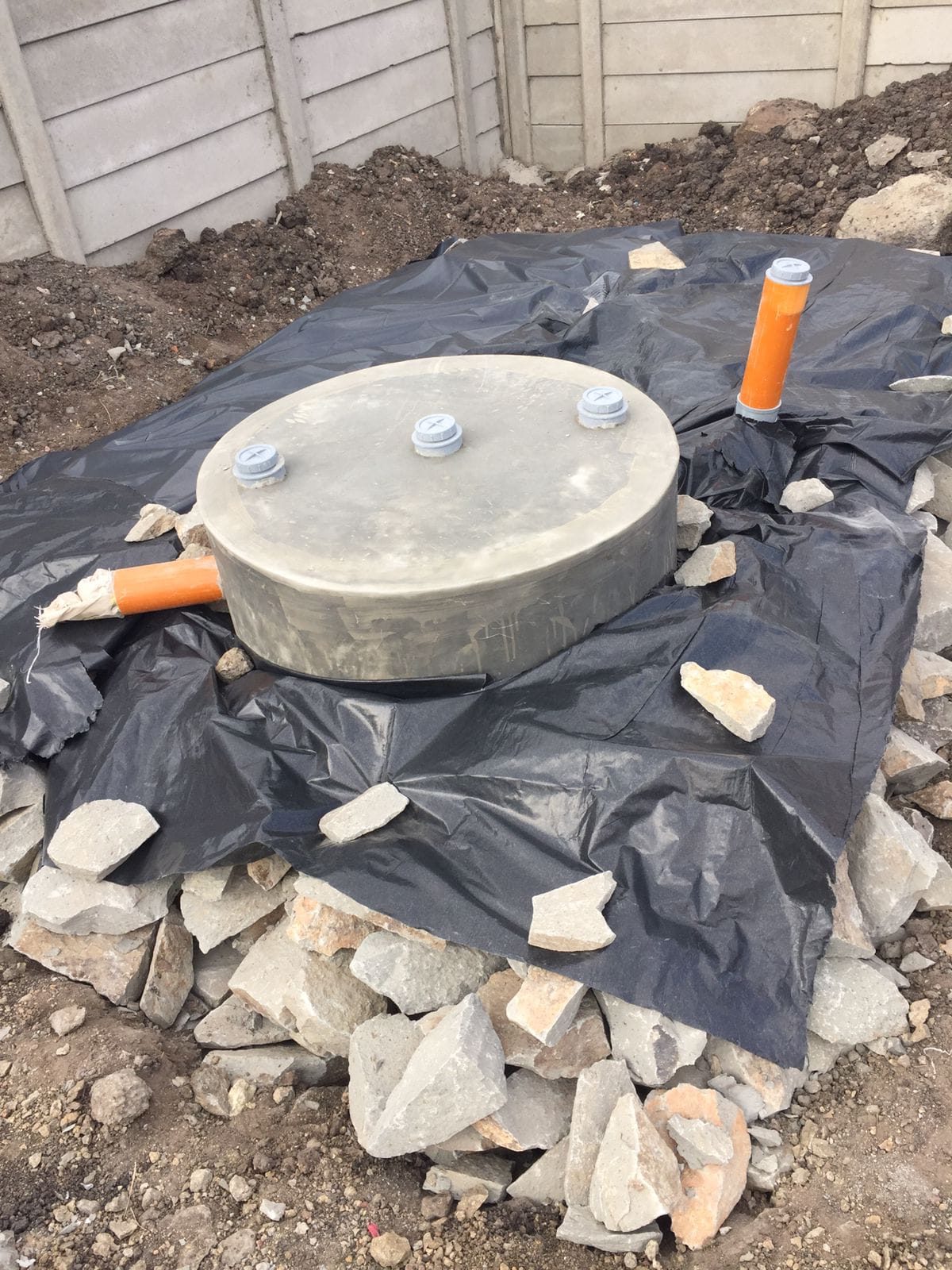


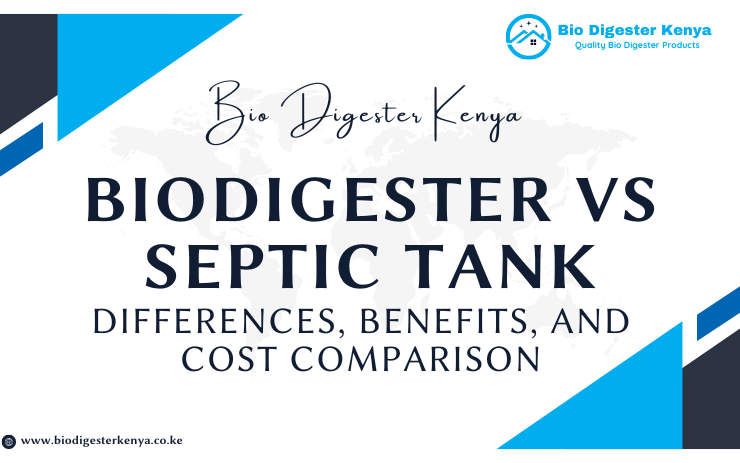
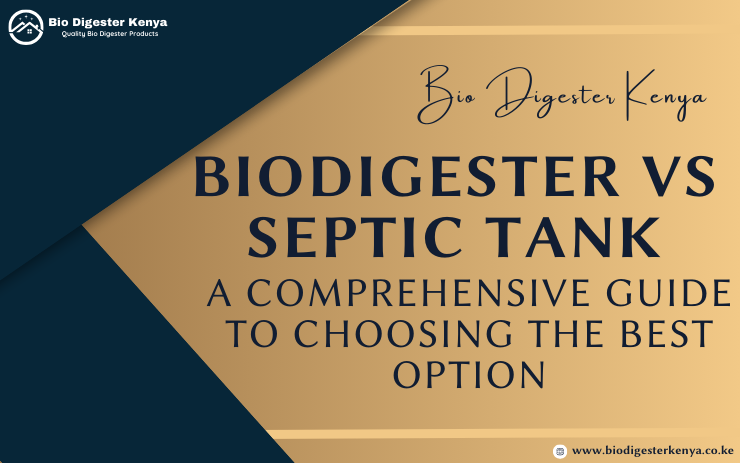

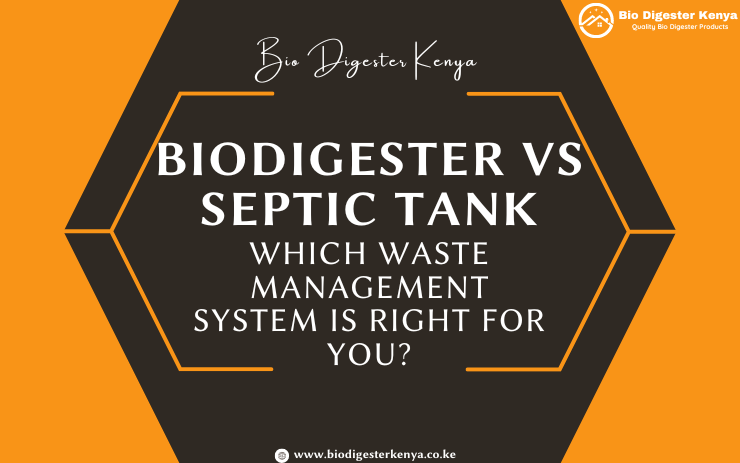













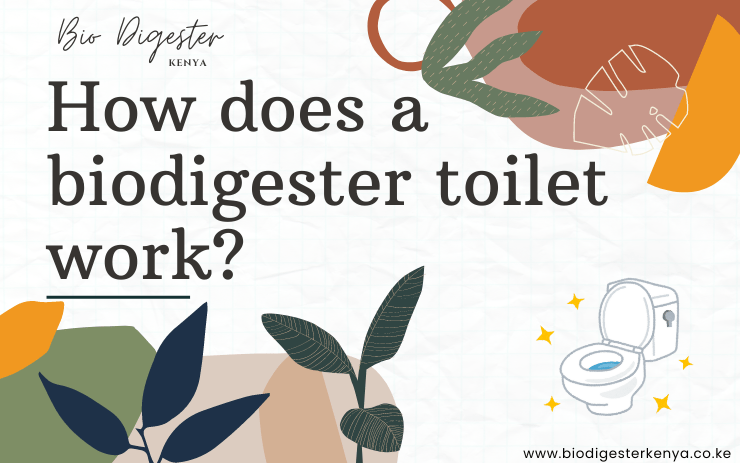




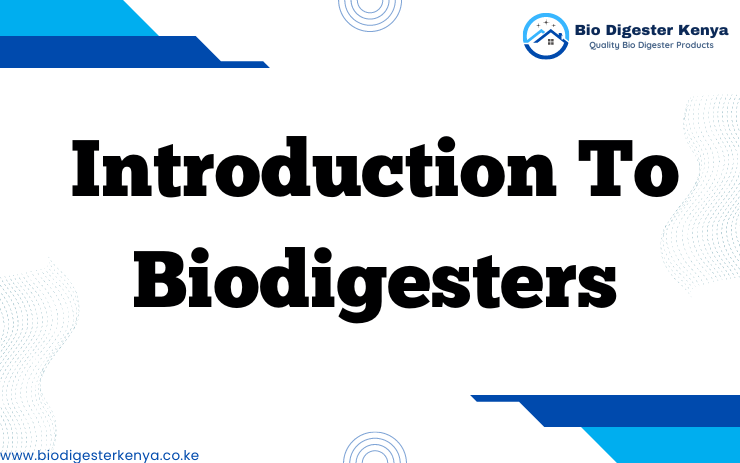


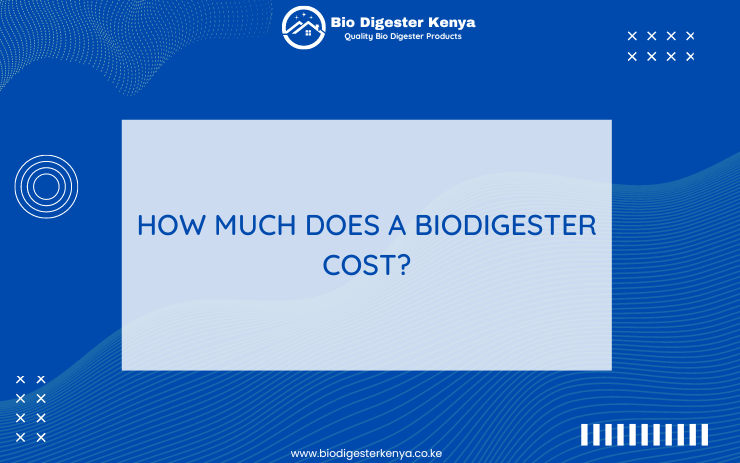



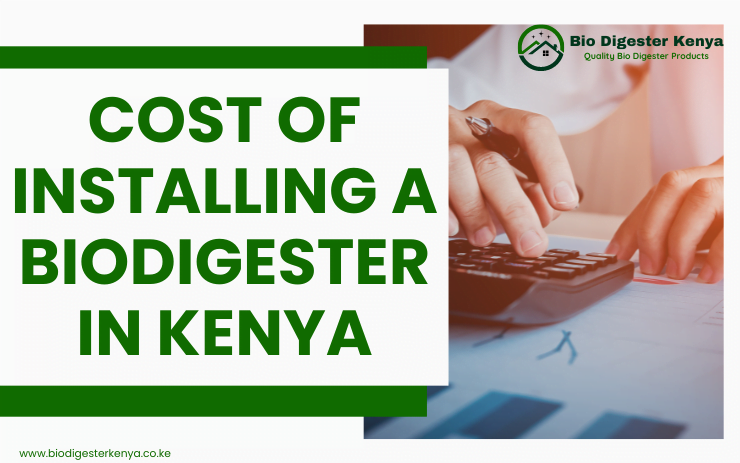



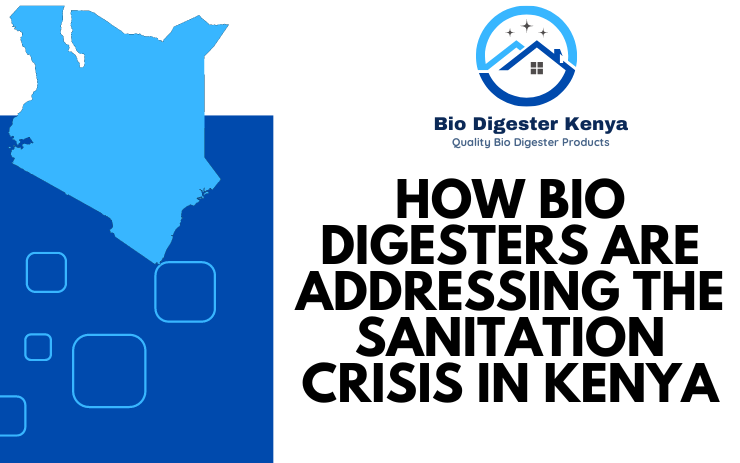









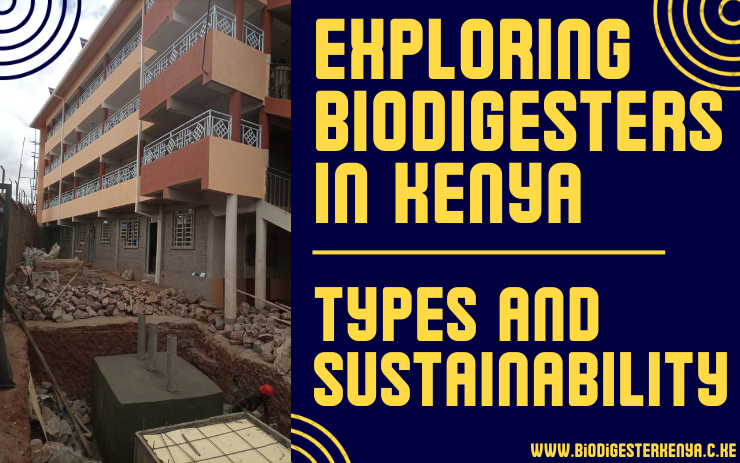






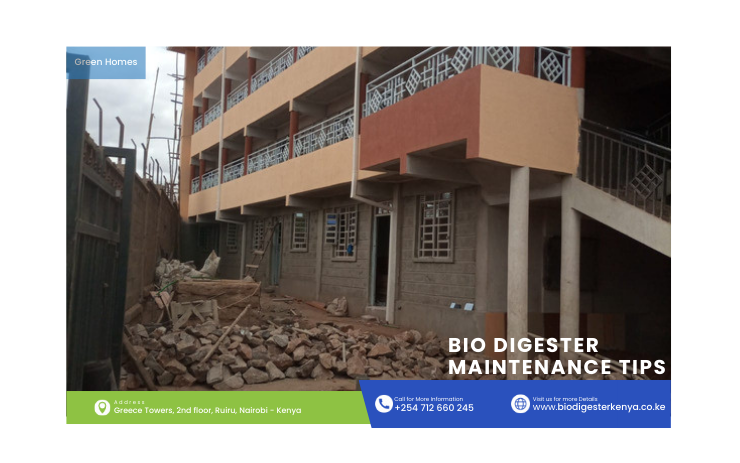
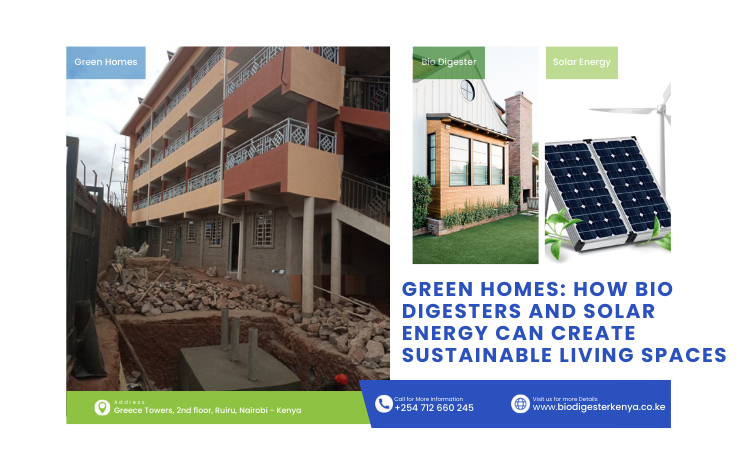


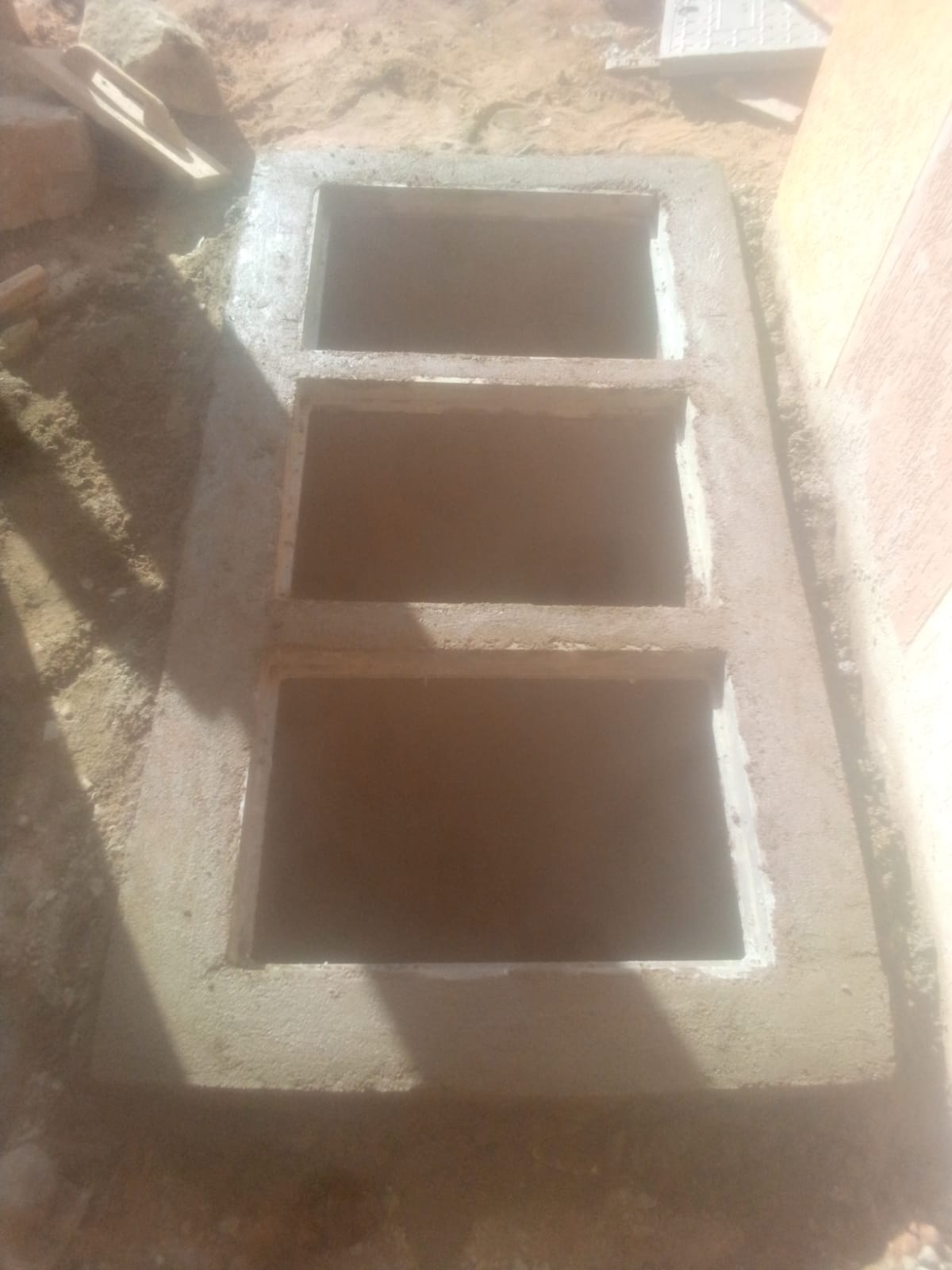

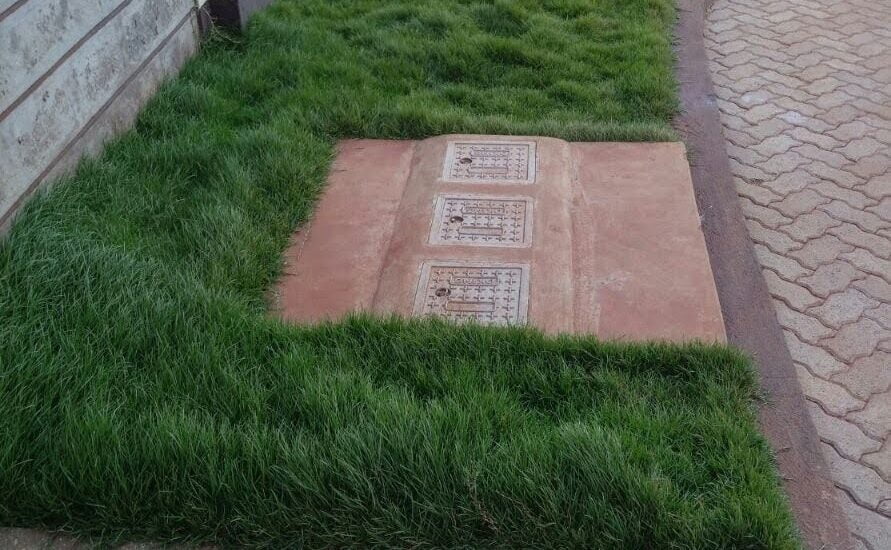




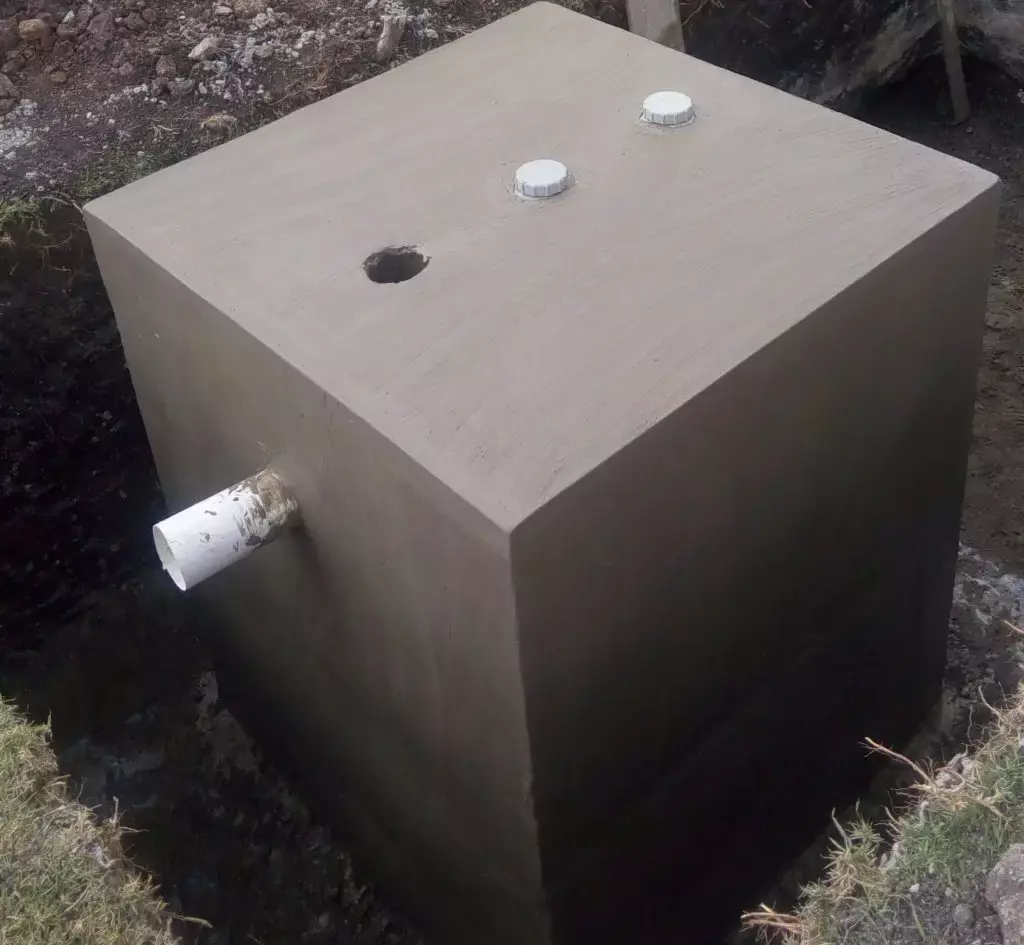
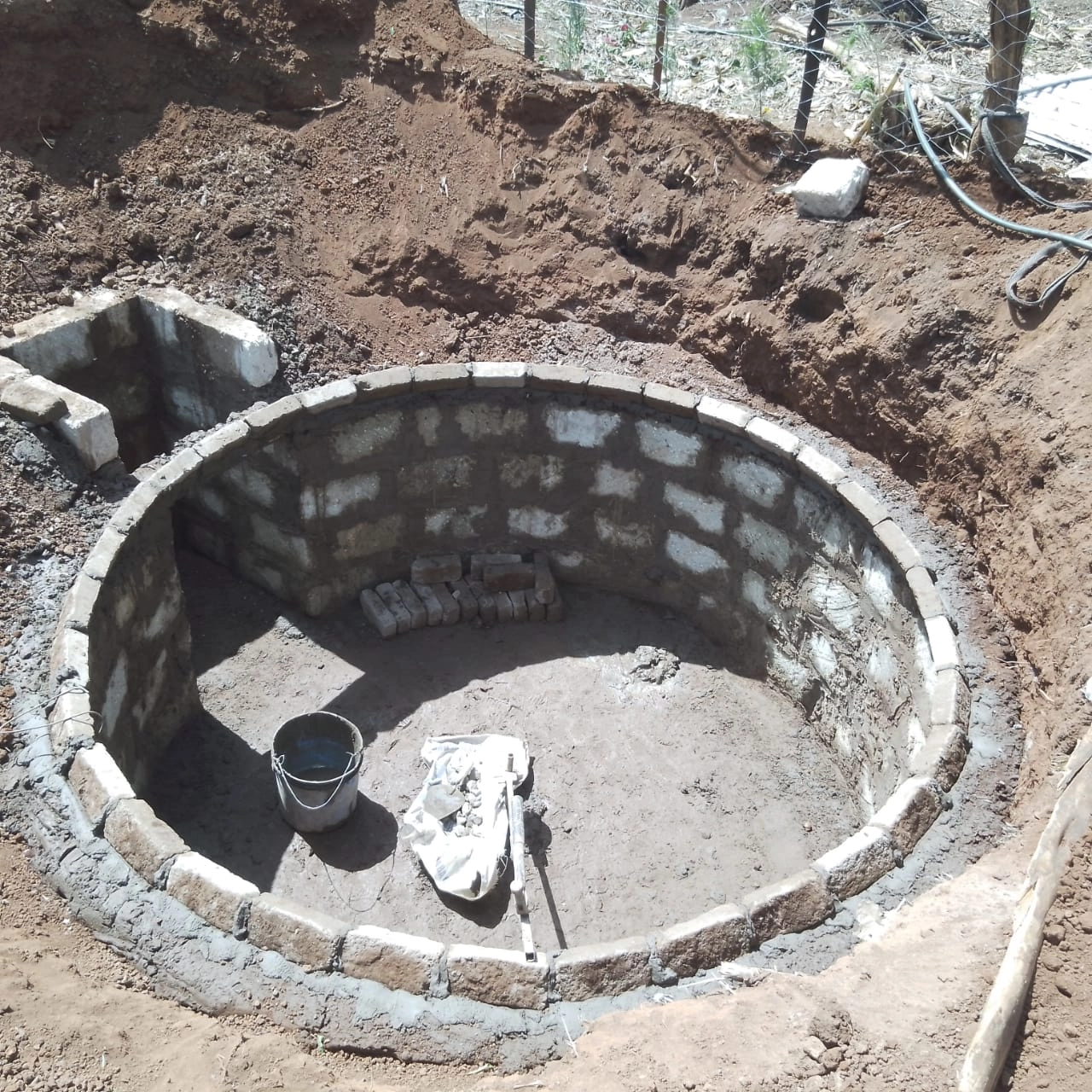
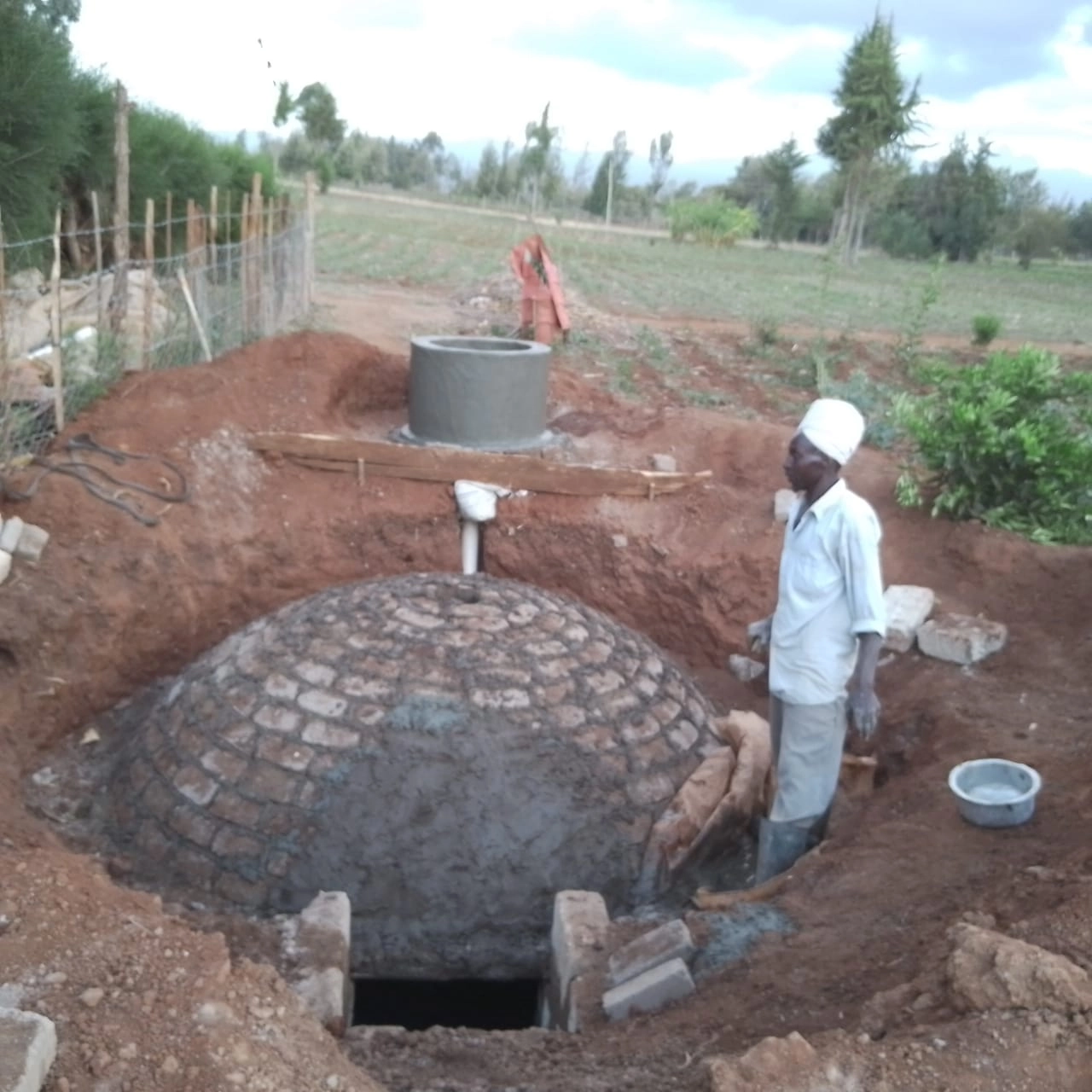
L. Stroll
June 11, 2024 at 11:25 pmHello, i believe this is the best blog on earth! Great job!